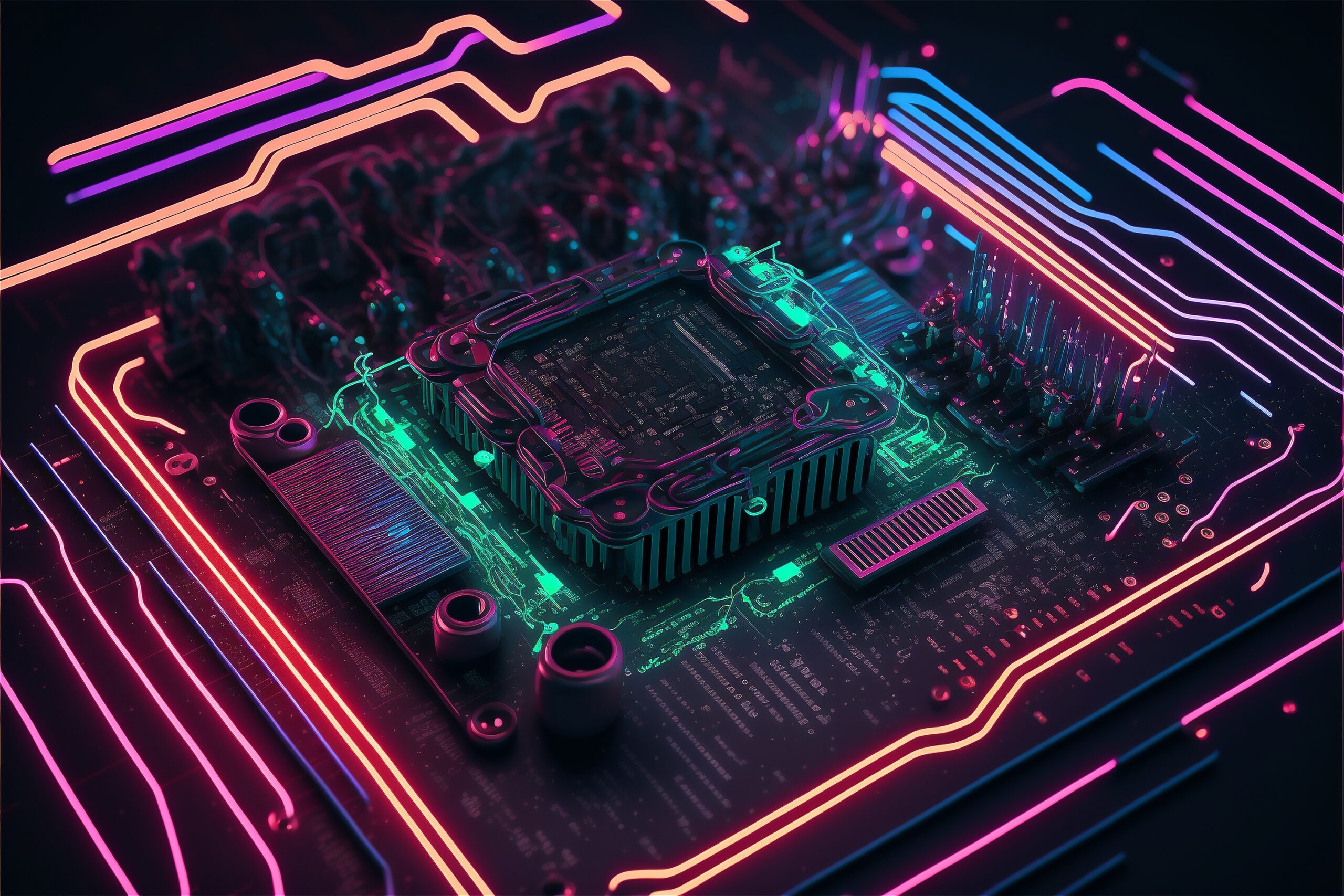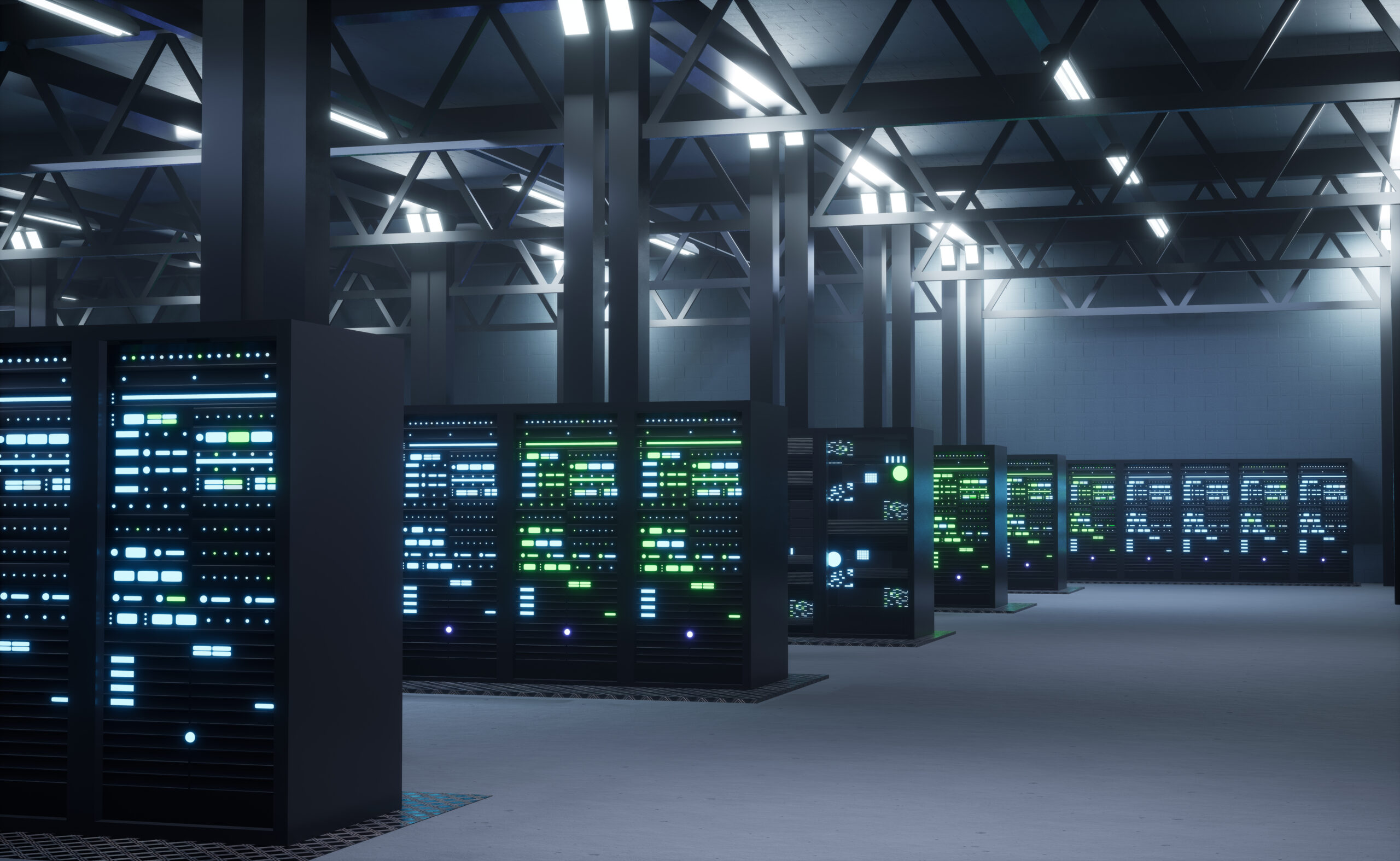Internet of Things (IoT): Latest News and Trends Shaping the Future
The Internet of Things (IoT) is no longer a futuristic concept; it has become an essential part of our daily lives and business operations. IoT, which connects everyday devices to the internet for real-time data collection and processing, is revolutionizing industries, enhancing efficiency, and paving the way for smarter living. From smart homes to industrial automation, the IoT landscape is evolving rapidly. In this article, we will explore the latest IoT news, emerging trends, and its significant impact on businesses and consumers alike.
IoT News: Current Developments
1. 5G Accelerating IoT Deployments
The rollout of 5G networks has dramatically transformed IoT applications. With ultra-low latency, higher speeds, and enhanced connectivity, 5G is enabling real-time communication between IoT devices. Industries such as healthcare, manufacturing, and transportation are leveraging 5G-powered IoT solutions to improve productivity and streamline operations.
For instance, smart factories are utilizing 5G-enabled IoT sensors to monitor production lines in real time, reducing downtime and improving efficiency. Similarly, connected healthcare devices like wearable trackers and remote patient monitoring systems are benefiting from faster and more reliable data transfers.
2. Edge Computing Integration
As IoT devices generate massive amounts of data, there is an increasing focus on edge computing to reduce latency and improve data processing. Edge computing allows data to be processed closer to the source rather than relying on centralized cloud servers. This trend is crucial for time-sensitive applications such as autonomous vehicles, industrial IoT (IIoT), and smart cities.
Recent advancements in edge AI, where artificial intelligence algorithms are deployed at the device level, are helping to analyze and act on data without needing cloud-based resources. Companies are investing in edge solutions to ensure faster, secure, and cost-effective IoT performance.
3. Enhanced IoT Security Measures
With billions of connected devices, cybersecurity remains one of the biggest challenges for IoT adoption. High-profile security breaches and vulnerabilities have led organizations to prioritize IoT security. Solutions like blockchain-based security, multi-factor authentication (MFA), and end-to-end encryption are becoming standard practices to safeguard IoT networks.
Additionally, governments and international bodies are introducing new regulations to enforce stricter security protocols. For example, initiatives like the U.S. IoT Cybersecurity Improvement Act and the European Union’s cybersecurity frameworks are ensuring manufacturers and developers follow best practices to secure IoT ecosystems.
4. IoT in Smart Cities and Infrastructure
Smart cities are increasingly relying on IoT technologies to create sustainable, efficient, and connected urban environments. Smart infrastructure, including traffic management systems, energy grids, and waste management solutions, are utilizing IoT sensors and real-time analytics to optimize resources and improve urban living.
For example, connected traffic lights equipped with IoT sensors can analyze traffic flow and adjust timings to reduce congestion. Similarly, smart energy grids are enhancing power distribution, reducing energy waste, and integrating renewable energy sources effectively.
Emerging IoT Trends to Watch
1. AI and IoT Convergence
The integration of artificial intelligence (AI) with IoT, often referred to as AIoT, is one of the most significant trends shaping the IoT landscape. AI enhances IoT capabilities by enabling devices to learn, predict, and make autonomous decisions based on collected data.
In industries like manufacturing, AI-powered IoT solutions can predict equipment failures and recommend preventive maintenance, reducing downtime and repair costs. AIoT is also transforming retail, where smart shelves and inventory systems ensure product availability and improve customer experiences.
2. IoT in Healthcare: Remote Monitoring and Telemedicine
The COVID-19 pandemic accelerated the adoption of IoT in healthcare, and the trend continues to grow. Connected medical devices, such as wearable fitness trackers and remote patient monitoring systems, enable healthcare providers to monitor patients’ health in real time. IoT-enabled telemedicine platforms are bridging the gap between patients and doctors, ensuring access to healthcare services in remote areas.
In 2024, we are likely to see further advancements in smart health technologies, including AI-driven diagnostics, smart implants, and personalized treatment plans.
3. Sustainability through IoT
Sustainability is a global priority, and IoT is playing a pivotal role in promoting eco-friendly practices. Smart agriculture solutions, such as IoT-based soil sensors and irrigation systems, are helping farmers optimize water usage and improve crop yields. Similarly, IoT-enabled smart grids are reducing carbon footprints by enhancing energy efficiency and integrating renewable energy sources.
In the transportation sector, IoT is being used to monitor fuel consumption and reduce emissions, contributing to greener and cleaner environments.
4. Growth of Industrial IoT (IIoT)
The industrial IoT market is booming as manufacturers adopt connected sensors and automation technologies. IIoT solutions are being used for predictive maintenance, real-time asset tracking, and improving supply chain visibility. The combination of IIoT and digital twins (virtual replicas of physical assets) is driving innovation in industries like aerospace, automotive, and energy.
The Future of IoT
The IoT market is projected to grow exponentially in the coming years. According to industry reports, there will be over 30 billion connected IoT devices by 2030. This growth will be driven by advancements in 5G, edge computing, and AI technologies, as well as increasing demand for smart solutions across various sectors.
From smart homes and connected cars to industrial automation and healthcare innovations, IoT is reshaping the way we live, work, and interact with technology. However, challenges like cybersecurity, data privacy, and interoperability must be addressed to ensure a secure and seamless IoT ecosystem.
Final Thoughts
The Internet of Things is transforming industries and driving innovation across the globe. With emerging technologies like AI, 5G, and edge computing, IoT is becoming smarter, faster, and more secure. Businesses that embrace IoT trends and stay ahead of technological advancements will gain a competitive edge in this digital era.
As IoT continues to evolve, staying updated with the latest developments and trends is crucial for organizations and consumers looking to leverage its full potential. Whether it’s improving urban infrastructure, enhancing healthcare systems, or optimizing industrial processes, the possibilities of IoT are limitless.




